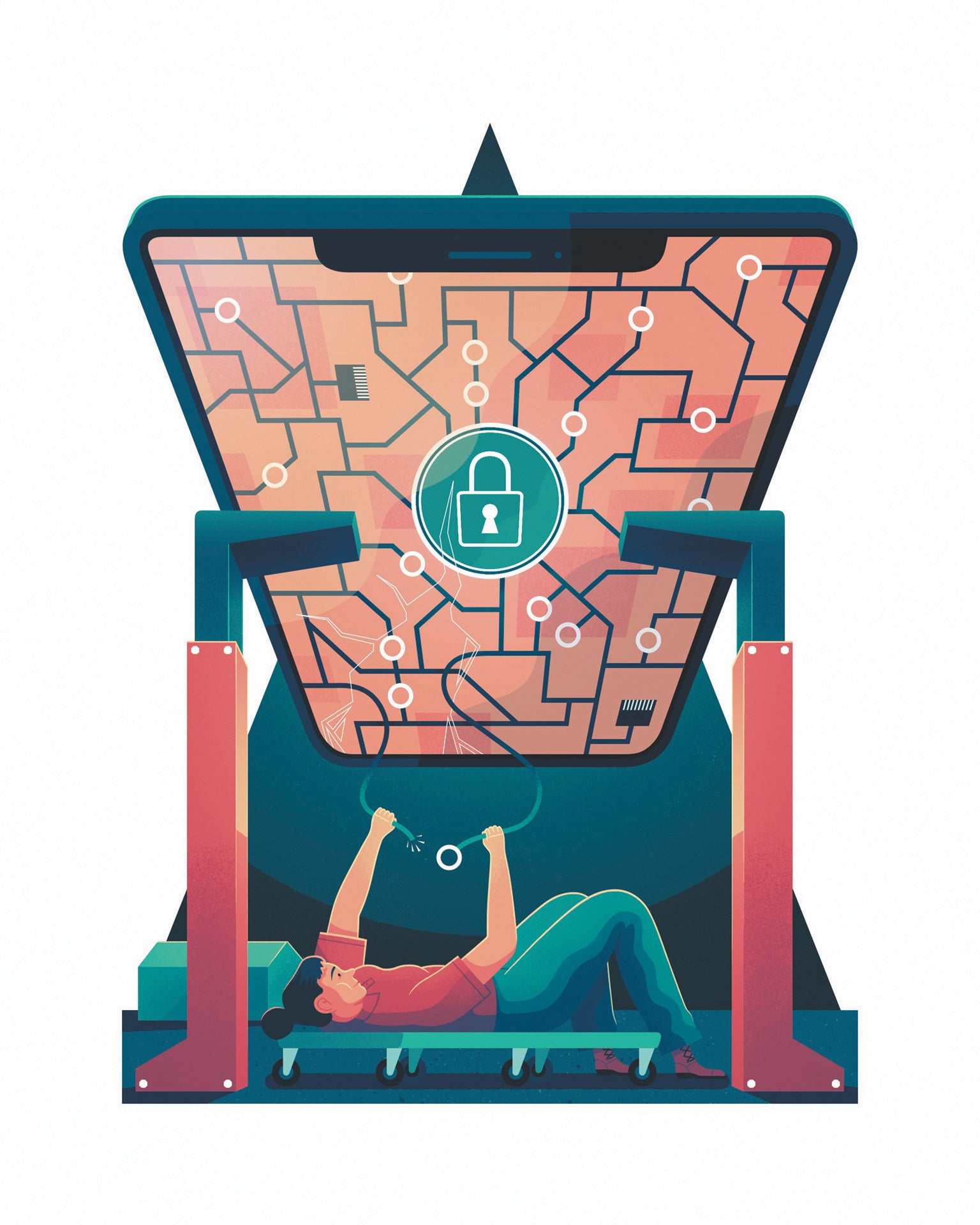

Jones says the iPhone had a tiny nick on the home button cable. She recalls a potential customer who drove an hour and a half to her repair shop because his home button stopped working on his iPhone 7.

Jessa Jones owns iPad Rehab in Honeoye Falls, New York, which specializes in microsoldering, which means repairing electronics on a microscopic level. family, who end up replacing broken phones, laptops, refrigerators, and other electronic instead of having them repaired. PIRG estimates it costs consumers $40 billion a year. While it’s difficult to put a dollar sign on how much the restrictions cost small businesses, the U.S. “If we don’t address these problems, and let manufacturers dictate terms of what they allow for repairs, we really are in danger of losing access to the repair infrastructure that exists,” said Nathan Proctor, senior director for the Right to Repair campaign at U.S. And consumers end up paying more for repairs - or replacing items altogether that could have been fixed. Farmers can lose thousands waiting for authorized dealers to fix malfunctioning equipment. That can cost independent repair shops valuable business and countless labor hours sourcing high quality parts from other vendors. Makers of products ranging from smartphones to farm equipment can withhold repair tools and create software-based locks that prevent even simple updates, unless they’re done by a repair shop authorized by the company. As software and other technologies get infused in more and more products, manufacturers are increasingly making those products difficult to repair, potentially costing business owners time and money.


 0 kommentar(er)
0 kommentar(er)
